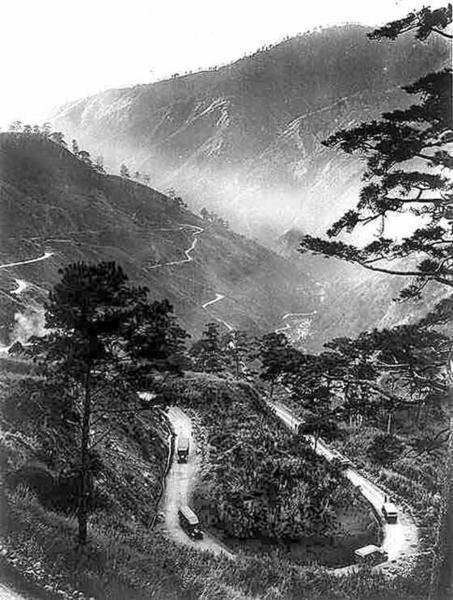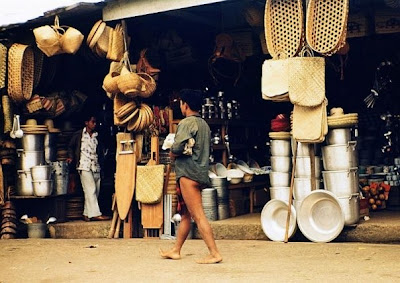Before the Spanish and American colonizers came to this mountain haven, this place was a mossy pine forested plateau used to be the water hole and pasture lands of the resident Ibaloi Tribes. They called this place Kafagway or Bagiw.
In 1900, a group
of American expeditionary found Baguio as an ideal site for a future city
because of its cool pleasant climate good for rest, recreation and a summer
retreat. As was projected, Baguio became a beautiful mountain resort. It was
devastated during the 2nd WW but reestablished itself and became one
of the favorite tourist destinations in the Philippines. It became a melting
pot of people from the Cordilleras and from the Lowlands. It’s natural,
cultural, historical and scenic attractions made Baguio to be a top destination
for family outings, honeymoons, seminars, business conventions, field trips,
showbiz shootings, and many more. It also established itself as the cultural
and learning center of the North.
With these
developments, Baguio earned its name as the Summer Capital of the Philippines,
the City of Pines, the Switzerland of the Philippines and is also tagged as the
western, country and folk rock singing people North of Manila. The resident
tribes are fond of the western or cowboy style enthused by the Americans as
coalesced to by the natives. The people of this City especially the natives
prefer English as their second language.
By going up the
road to Baguio, pine scent could be smelled along Kennon or Naguillan Road.
Thick fogs cover the roads on early mornings and afternoons and you will feel
the cool atmosphere. Waterfalls could be seen coming from the mountains and at
the Burnham Lake. One could mirror his face on the on Burnham Lakes clear water.
To date, our children could not imagine the once beautiful Baguio if the
Ibaloys folks will relate what was Baguio before the squatters, corrupt
officials or politicians, devious businessmen and greedy people came.
This cool
mountain resort city used to be a restful and quaint place to visit and relax.
To date, by just going to the market or Session Road, you can hardly walk.
Snatchers and beggars are all around. There is heavy traffic, exacerbated
pollution, and the buildings are not pleasing to the eyes or not typical.
Baguio is already overpopulated. The garbage is an eye sore. The cemented
streets are being covered by asphalts such that during the monsoons rains,
these asphalts will erode then clog and pollute our waterways. Our planners and
engineers never learn.
Our City is
growing and we need an excellent and earnest planning since Baguio as declared
by the Mines and Geosciences Bureau is situated in a hazard or landslide prone
area. It is also triggered by typhoons and a heavy long rainfall during the wet
season.
Construction of
more huge and tall buildings will swallow our limited water supply and activate
landslides. In other urban areas, big shopping malls or buildings are erected
outside the city proper. The neighboring areas of Baguio such as the
municipalities of Benguet should plan ahead and make a coordinated land use
plan. Expansions of infrastructures and people could be accommodated in these
areas.
Baguio needs a
breathing space. It needs wider and clean recreational parks, tree parks,
leisure sports area and the development of urban green space instead of suburbs. Watersheds must be protected and implement the ecological solid waste law.
A Comprehensive
Land Use Plan (CLUP) or a sustainable development plans should not be
politicized. Programs on ancestral domain over their gardens, communal forests,
watersheds, schools and living traditions should be preserved. These initiatives
should be prioritized towards the preservation of the climate, environment as
well as the continuous existence of indigenous culture as this was what Baguio
came into.
Our local and
international tourists, relatives working or living abroad tell us that if the
uniqueness of Baguio with its Pine trees, small but beautiful and interesting
shops, historical sites or its aesthetic beauty will not be preserved, Baguio
City’s identity will be lost.
We already have a
global warming and Baguio is not exempted. We have commercialism but should our
environment, the Pine trees and our heritage be traded for profit in exchange
for the destruction of the only Baguio we speak of.
We
are all obliged to protect and preserve the only Baguio we have and that is
also the call of Nature.








